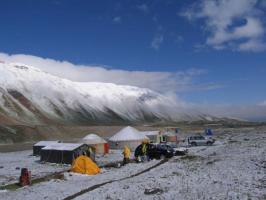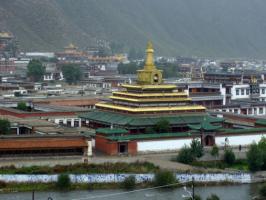Join-in Group Silk Road China Tours
About Us | Contact us | Tourist Map | Hotels | Feedback
Kashgar Attractions
Abakh Khoja Mausoleum
The Abakh Khoja Mausoleum, 5 km northeast of Kashgar, is a masterpiece of Uyghur architecture and the holiest Muslim site built in the early 17th century as the tomb of Muhammad Yusuf in Xinjiang China Silk Road.
Kashgar Old Town
Located opposite the Id Kah Mosque is Kashgar Old Town District. It is the best place to see how the local Uyghur ethnic group has lived for centuries. The old town district has a history of over 2,000 years.
Mor Buddhist Pagoda
Mor or Mo'er Pagoda is a buddhist pagoda ruins of ancient Shule Kingdom in the western China. The Pagoda was built in 7th century during the Tang dynasty and destroyed 12th century.
Kashgar Bazaar
Located in the city east, Kashgar Grand Bazaar, Sunday Bazaar, Mal Bazaar or the livestock market on Sundays, daily Yengi Bazaar etc. show the glory of the largest international trade market or fair on ancient China Silk Road.
Id Kah Mosque
'Id Kah' means 'a place of praying and celebrating in festivals'. The Id Kah Mosque is located on the central square in Kashgar City, Xinjiang Uigur Autonomous Region. As the biggest mosque in China, it is a group of old Islamic constructions with strong ethnic style and religious features.
The Karakol Lake
The Karakul Lake is a paradise of bonfire night parties for boy and girl khalkhas with tourists. The party is full of songs and dances, as well as good smell of roast lamb skewers.
Gaotai Ancient Homes
In the old city district of Kashgar, Gaotai Ancient Homes is the most typical Uyghur dwelling house with a unique sight of heavy ethnic culture.
Pamir Mountains
The Great Silk Road crossed a number of Pamir Mountain ranges. Historically, the Pamir Mountains were considered a strategic trade route between Kashgar and Kokand on the Northern Silk Road.
.jpg)



.jpg)





